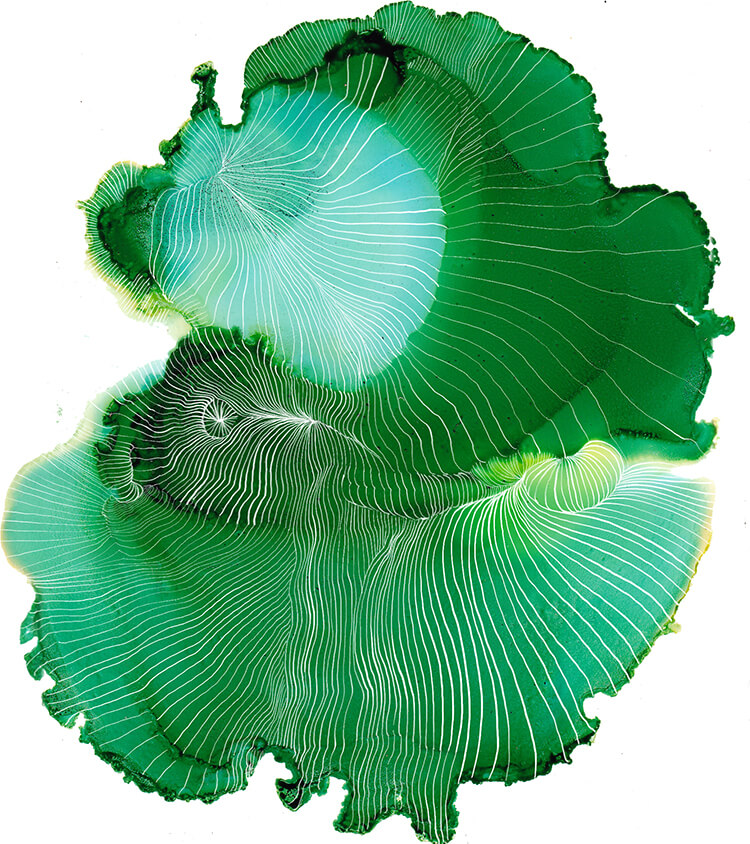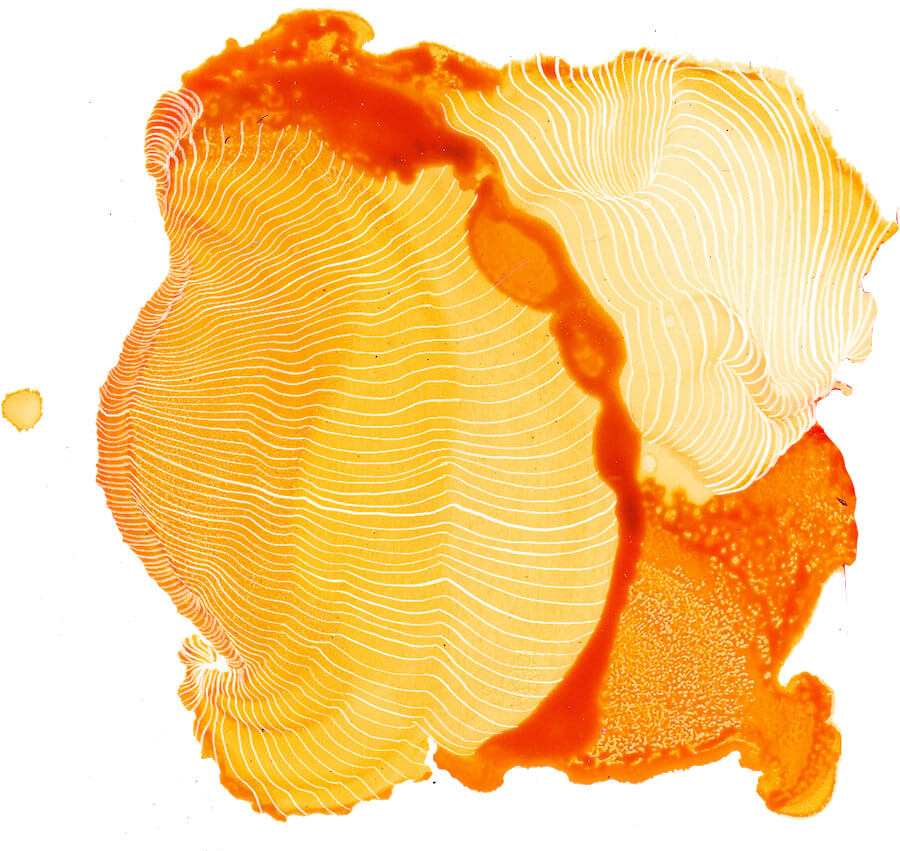A Creative Ritual for Every Lunar Cycle
Step into the rhythm of the moon with Moonletters—original poetry and paintings delivered to your inbox with each Full Moon and New Moon. When you subscribe to the Moonletters you'll also receive tips, insights, and invitations to our workshops & retreats. To sign up for all communications from the Art Monastery, subscribe here.

Luna Punto Stop
New Moon December 20, 2025
Once there were coyote, cardinals
in the cedar. You could cure amnesia
with the trees of our back-forty. Once
I drowned in a monsoon of frogs—
—Jennifer Elise Foerster
In the end
all that matters
is belonging
We need to know
ourselves beloved
on this earth or else
A gray ocean of sad
consumes us from head
to toe & beyond
Meanwhile
Everything
Happens
In short
I love you
I’m sorry
But really
more than anything
thank you.
Moonpoem Archive
Explore past Moonpoems and revisit the wisdom of previous lunar cycles.
Stay in the Flow of Creativity
Each Moonpoem is a gentle nudge to slow down, reflect, and create. Don’t miss the next one—sign up now and let the lunar cycle guide your inspiration.
“Like a visit from an old friend, greeting you with a poem and a painting — a mini art show to be savored and enjoyed at your leisure. What could be better?”
— Lonna R.
“Thanks for sending out your moonletters. Each month my husband reads aloud Qayyum's expressive poem to me as we take in Suiko's dynamic visual art. It's a wonderful way to connect to the lunar cycle and have a moment of self-reflection. Plus, it's just a romantic way to connect with my partner!”
— Debórah E.
“Suiko & Qayyum’s painting/poem pairings have tapped into a magical vein of nature, love, beauty, yearning, perfection, even more glorious imperfection…really, they take my breath away. And then they do it all over again, constantly present and fresh in their art, in their mutual magnification, and I can’t help but smile, cry.”
— Phoebe R.









